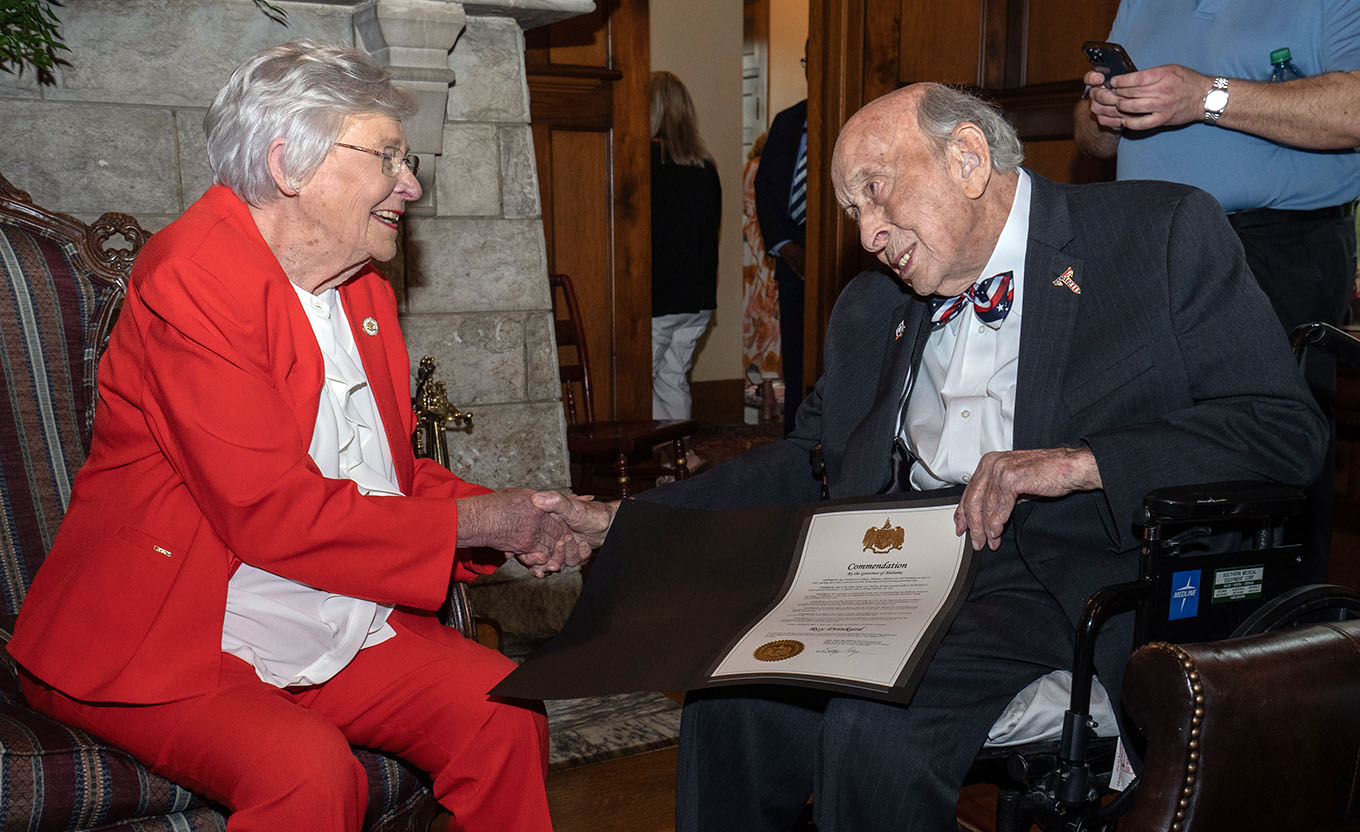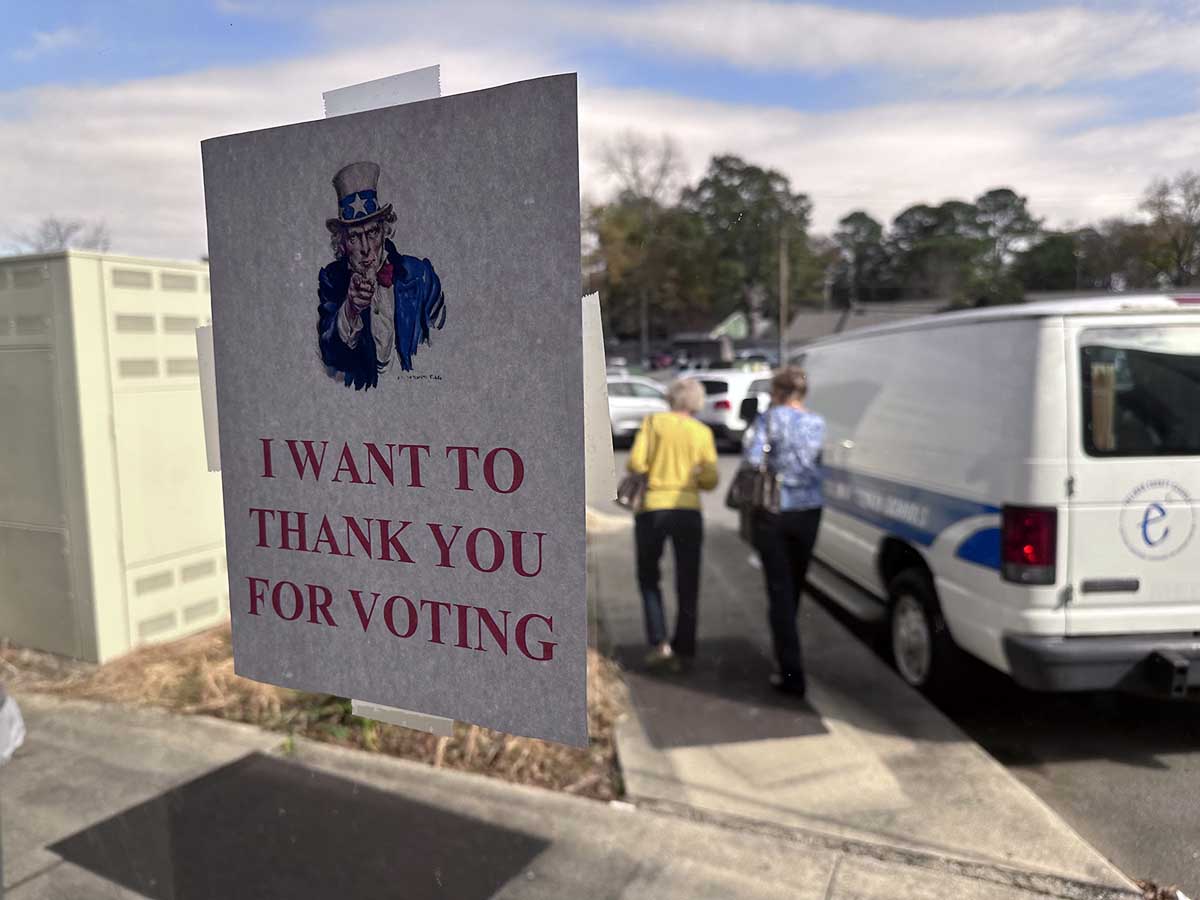Demographics and finances: Hanceville Fire Department sees slight uptick in calls
Published 5:15 am Friday, July 12, 2019

- Hanceville Assistant fire chief Bart Absher updates members of the Hanceville City Council Thursday on the department’s call volume through the first six months of 2019. Absher said fire calls this year are on track to slightly outpace those from last year, if current trends continue.
HANCEVILLE — Midway through 2019, Hanceville’s fire department is on pace to slightly exceed the number of responses it made to emergency calls in 2018.
The department’s response volume through June 30 isn’t dramatically higher than it was a year ago — only 600 total responses versus 592 last year — but paired with recent statistics delivered by the Alabama Fire Marshal’s Office, they do highlight some concerning local safety trends, according to Hanceville assistant fire chief Bart Absher.
Trending
“One heartbreaking thing that we learned just this week through the state fire marshal’s office is that there have 47 fire fatality deaths in Alabama this year — and Cullman and Blount counties are among the top ten, statewide, for per-capita fire deaths,” he told the Hanceville City Council Thursday.
Absher ascribes much of Cullman County’s disproportionately high tally to economic and demographic factors, especially in unincorporated areas of the county where building codes don’t apply.
“It’s demographics and finances,” he explained. “Where you have people living at the poverty level in rural areas here, you’ll see a lot of low-income people who are living in mobile homes, campers, makeshift dwellings, and — and we’re seeing a lot of this — slide-off sheds that cost much less than a mobile home, and can be bought and placed on a piece of property.
“In structures like that, out in the county, there aren’t any codes or regulations to prevent people from choosing to live that way, and those same people often don’t have the resources for things like fire extinguishers, smoke detectors, or even setting up their electrical wiring in a safe way,” he added, noting that most of the department’s structure fire responses this year have been at rural dwellings that wouldn’t meet with approval from most cities’ zoning departments.
Of the department’s 600 responses to date, the vast majority — 476 — have been EMS responses. Direct fire responses, both structural and for events like vehicle and grass fires, have totaled 64 calls — and those include mutual-aid responses outside the department’s fire service area.
In any year, a response that averages around 100 calls per month makes for a busy day for a department that employs four full-time fire fighters (including the fire chief), and must rely on three part-time fire fighters and ten volunteers to help fill in the gaps.
Trending
Absher said the recent addition of new tracking software will help the department better assess how the city can use its limited resources to mitigate fire risks. “We’re able to view things a bit more systematically,” he said. “Our biggest uptick so far this year is fire calls: 64 this year versus 51 last year. But now we also can see trends in which times of day, and which days of the week, appear to show a spike in vehicle accidents, structure fires, or emergency calls.”





